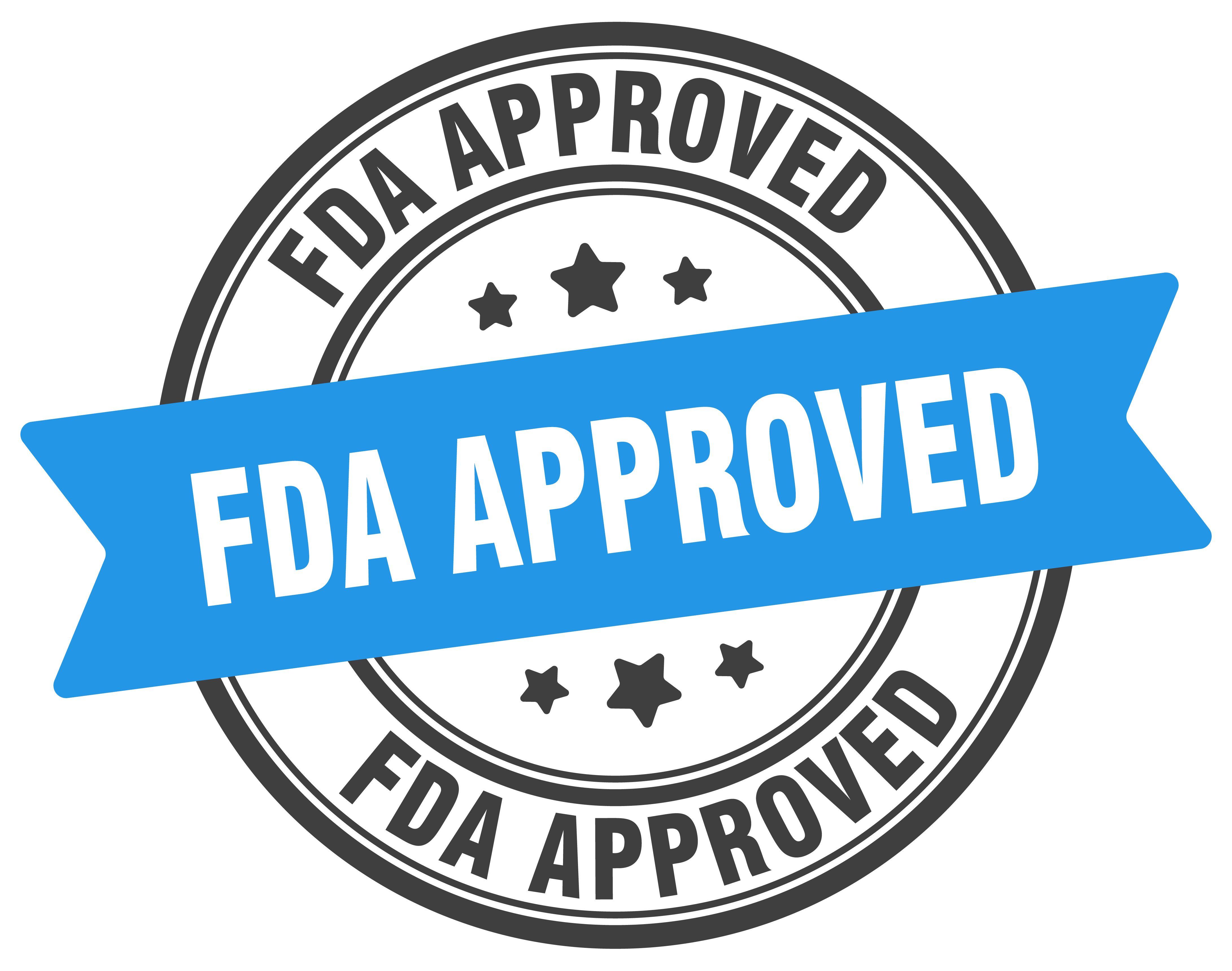Article
Health Systems, ACOs Collaborate With Physician Groups
Author(s):
Nationwide, health systems, including hospitals and accountable care organizations (ACOs), are increasingly expanding their provider networks to include more physician groups.
Nationwide, health systems, including hospitals and accountable care organizations (ACOs), are increasingly expanding their provider networks to include more physician groups. This physician support will be necessary if they are to meet certain cost and quality benchmarks, including those like effective population health management. As the future of care necessitates a focus on value-based outcomes, health systems hope these provider groups will assist them in meeting the demands of payers. Use of physician groups will allow them to offer a broader and more attractive network and, for some, enable them to launch their own managed care plans.
Marlon Priest, executive vice president and chief medical officer at Bon Secours Health System (BSHS) in Maryland, says that employed physicians are “part of the overall effort to provide a service to the community.” He added, “I don’t think you can do that if you don’t have an integrated model of care.”
While health systems acknowledge the future benefits that will come with employing physicians, they struggle with the costs of doing so. For every physician group they employ, there comes technology upgrades, the costs of benefit packages, and other financial investments.
BSHS is just 1 participant in a growing number of systems in the Medicare Shared Savings Program for ACOs. Robert Fortini, RN, MSN, vice president and chief clinical officer at BSHS, said the health system has seen many positive outcomes since transitioning to the collaborative, team-based model.
“Not to quote Atul Gawande, but you can’t practice like a cowboy anymore, you need a pit crew. Medical practice has very much evolved into a team sport,” he said. “And for any physician to attempt to comply with all the documentation standards anymore, alone, in a vacuum, it would be impossible to practice. So you have to take as many of those obligations away from the physician.”
Mr Fortini further suggests that they have seen a return on investment of about 3 to 1.
“The data really prove the return on investment for investing in this type of care-team infrastructure, even in a simplistic way, to achieve outcomes. Our nurse case manager program is costing $3 million a year, but is generating $9 million in revenue through annual wellness visits, Medicare Advantage patient assessments, and transitions of care codes that Medicare is paying for managing patients,” he said.
Around the Web
Making Physicians Pay Off [Modern Healthcare]
Population Health in Virginia: Bon Secours Medical Group’s Big Breakthrough [Healthcare Informatics]





